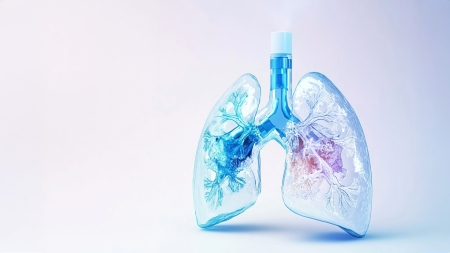Osteoarthritis in the hips and knees: modern treatment for a better quality of life
Osteoarthritis is essentially wear and tear in the joints, leading to pain and restricted movement in everyday life. There are conservative and surgical treatment options available to help patients regain their mobility and improve their quality of life.

In Switzerland, around a third of people over the age of 60 suffer from osteoarthritis. The main causes are age-related signs of wear and tear, excessive strain during professional or sporting activities, misalignments, previous injuries, excess weight and rheumatic diseases.
Alleviating osteoarthritis symptoms
A healthy weight and moderate exercise can reduce the symptoms of osteoarthritis. Sports that are easy on the joints, such as cycling, walking and swimming, are recommended. Strong muscles reduce the strain on your joints.
Conservative and surgical treatment options
If joint problems persist for a long time and affect the patient’s day-to-day life, it is a good idea to get them checked out. After a thorough diagnosis, which includes discussing the patient's symptoms and needs, as well as imaging procedures such as X-rays and examining the painful joint, a customised treatment plan is drawn up. Conservative and surgical treatment options are available. Conservative treatments include pain therapy using ointments or tablets, cortisone, hyaluronic acid or autohemotherapy, and physiotherapy.
If conservative therapies are not effective or not effective enough, surgical treatment will be necessary. Younger patients with early signs of osteoarthritis and misalignments can see their symptoms progress more slowly if the leg axis is corrected. A partial or total prosthesis is usually necessary in cases of severe osteoarthritis, although the surgical procedure itself can be minimally invasive.
Hip and knee prostheses: safe and durable
Compared to those used in the past, modern prostheses have a significantly longer life. Meticulous planning, which involves customising the surgery to the individual patient, plays a key role in the success of the treatment. Minimally invasive surgical techniques that are gentler on the muscles help patients to recover quickly from the operation. To achieve the best possible treatment outcome, patients with a prosthetic joint are advised to build up their strength, mobility, coordination and endurance, and to maintain a normal body weight by eating a balanced diet.


